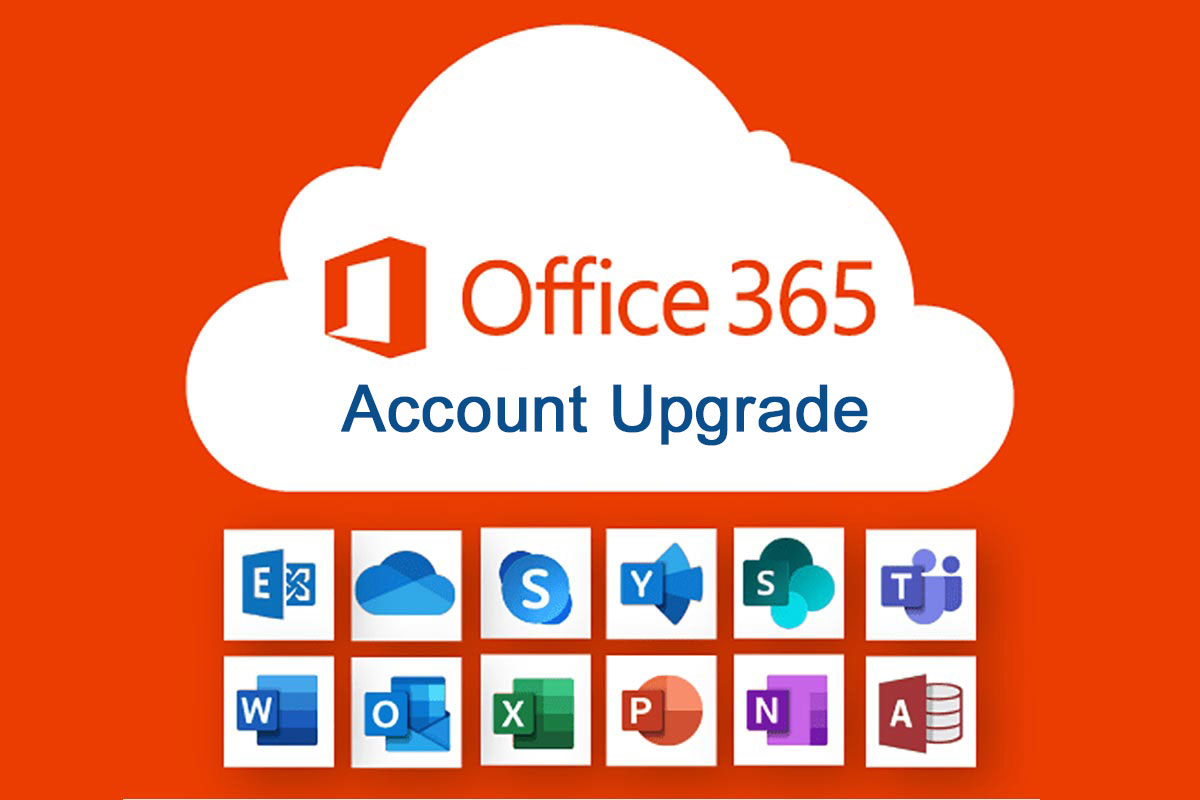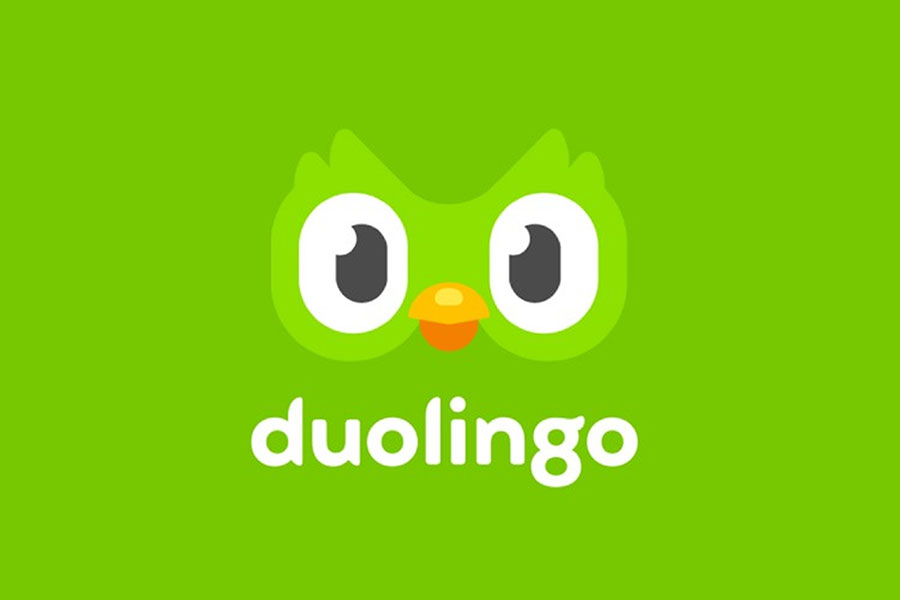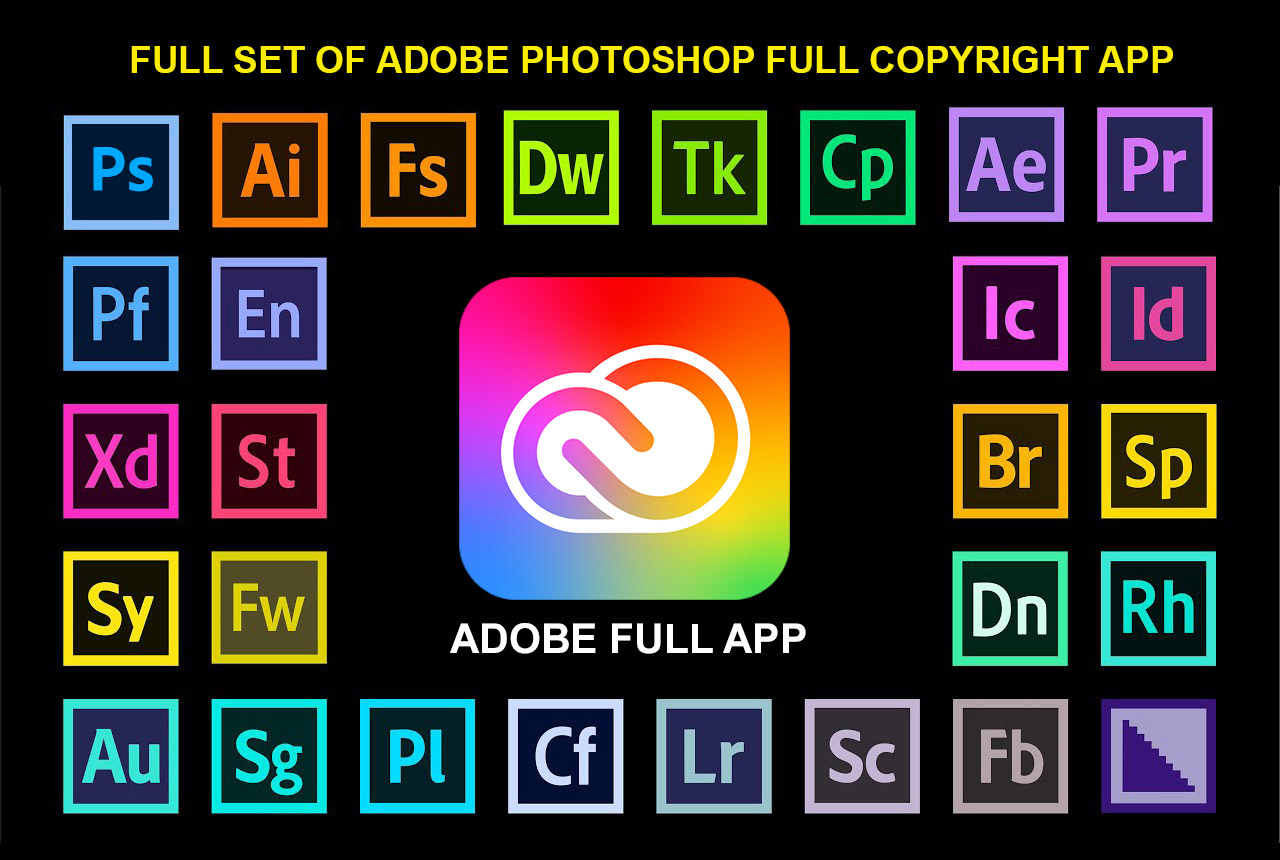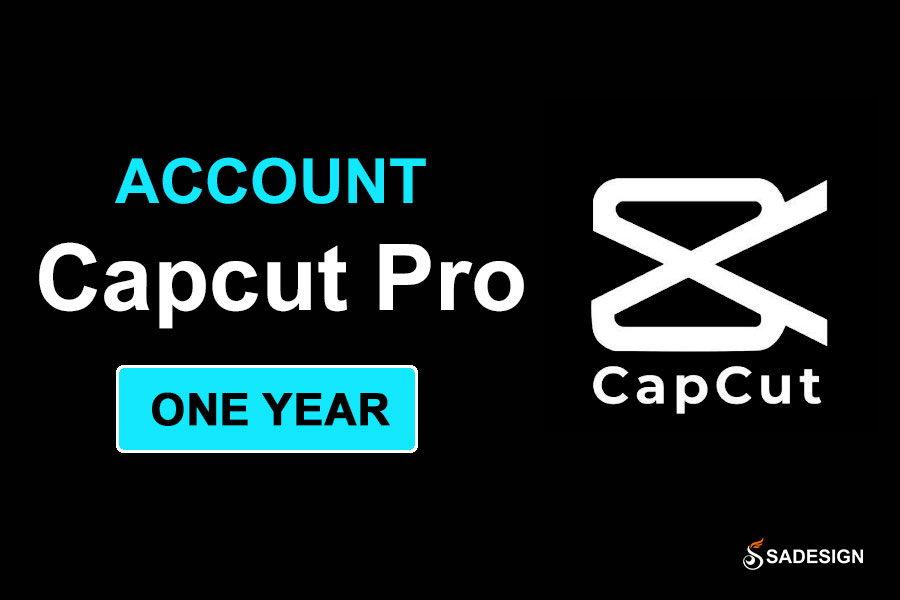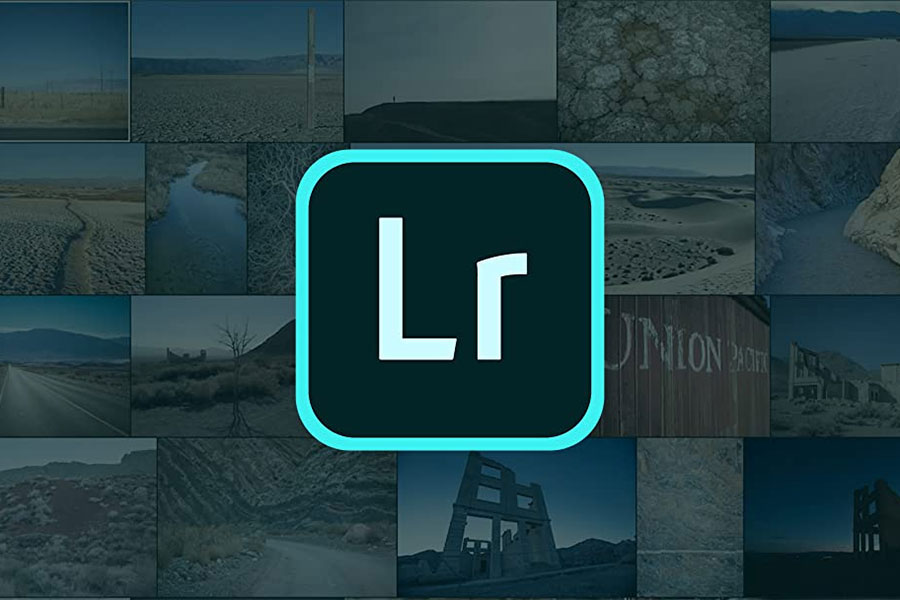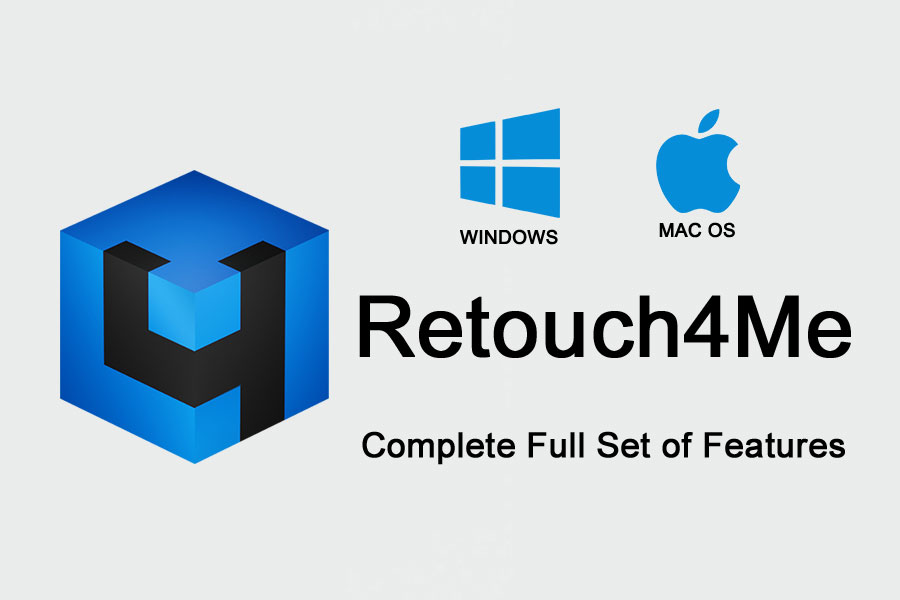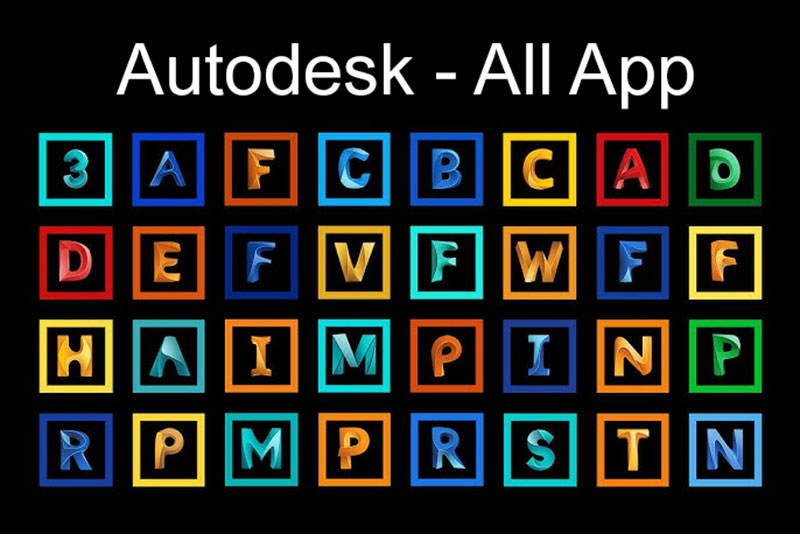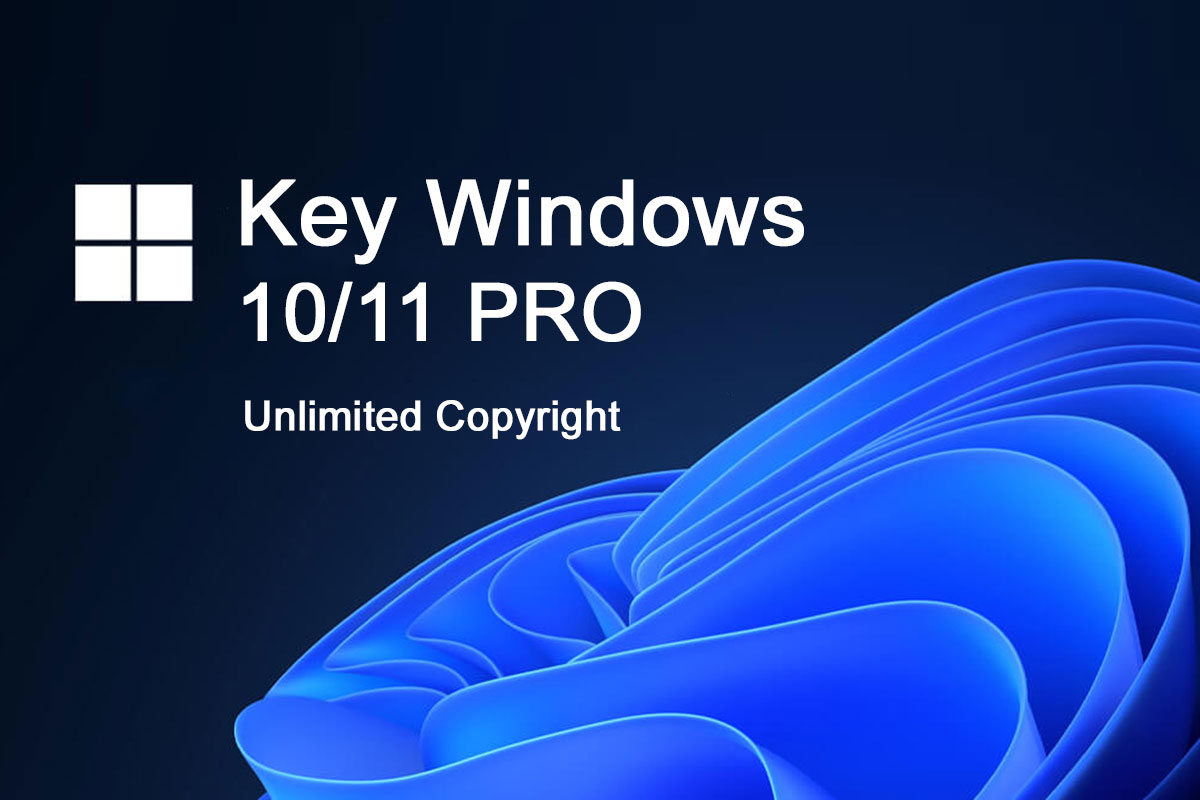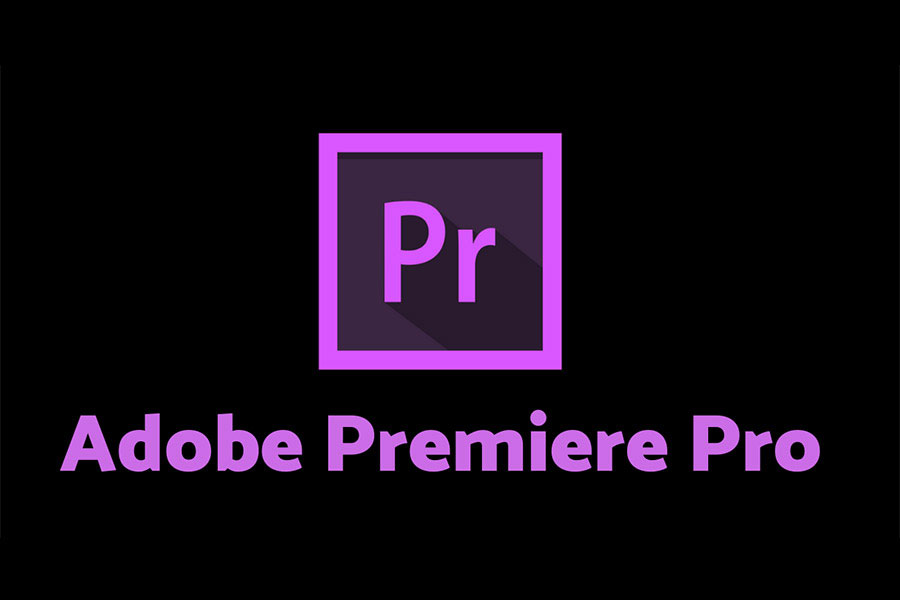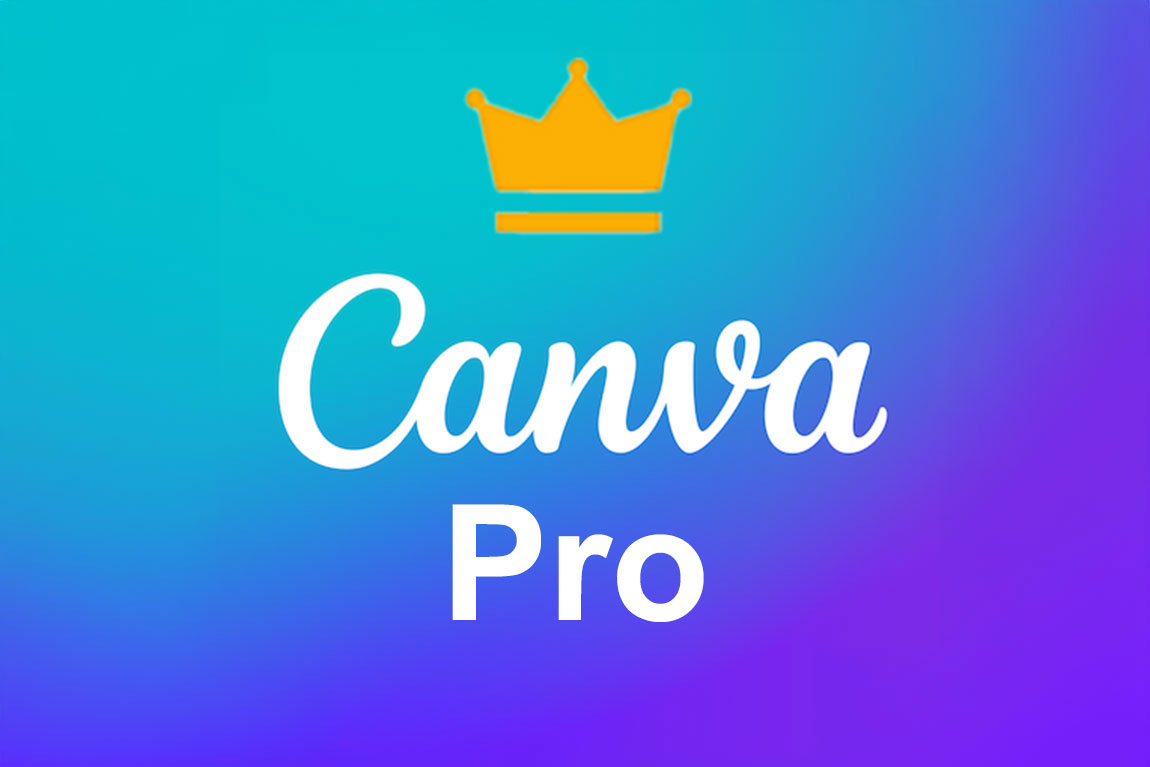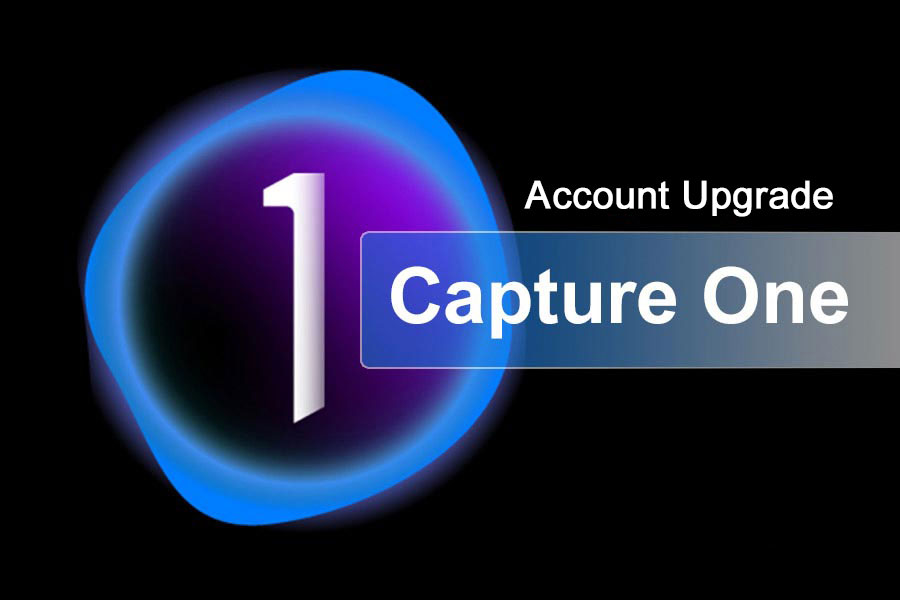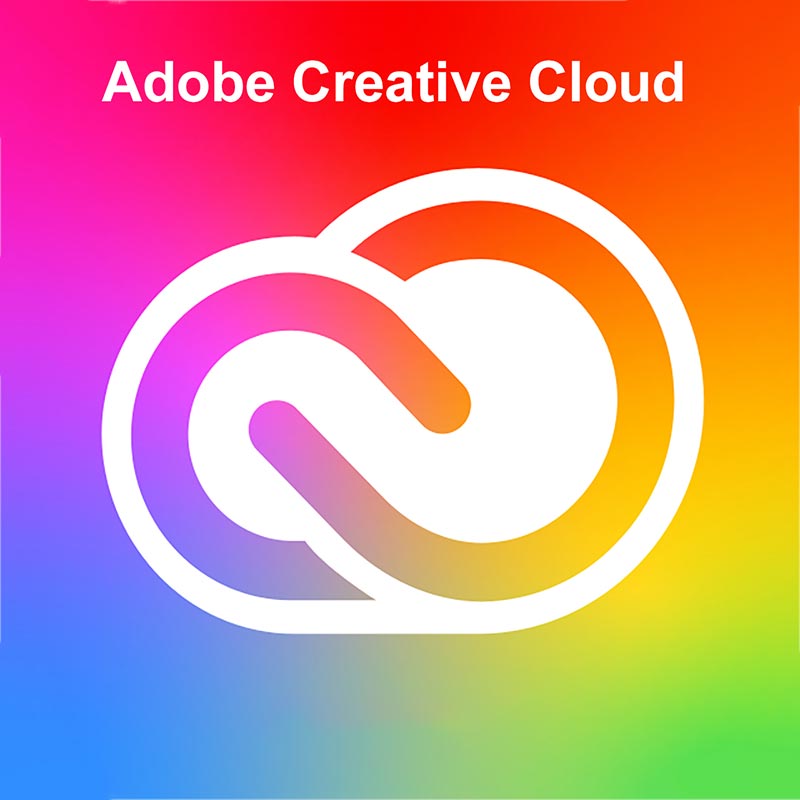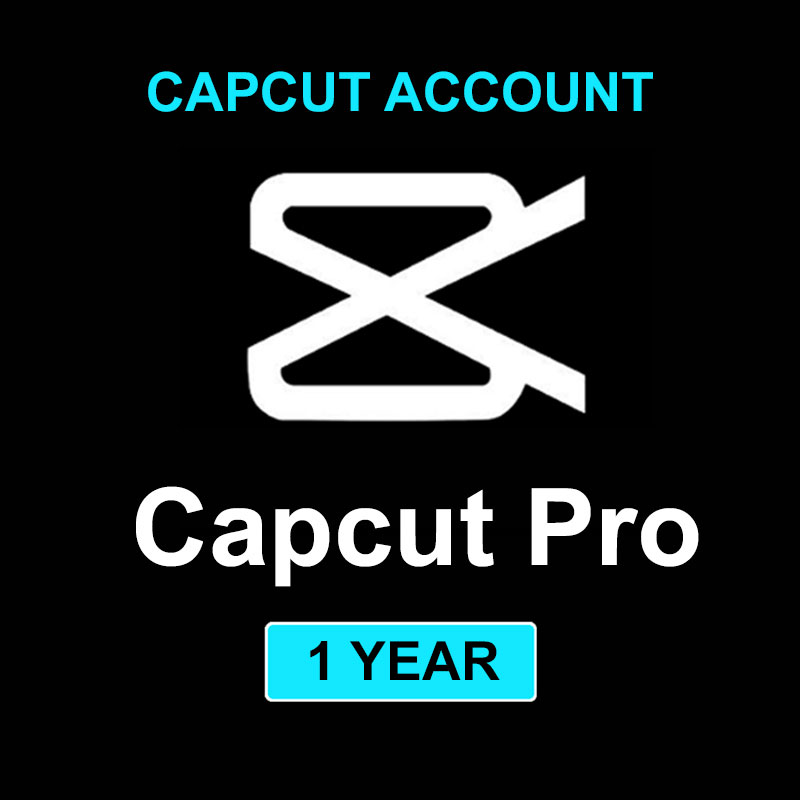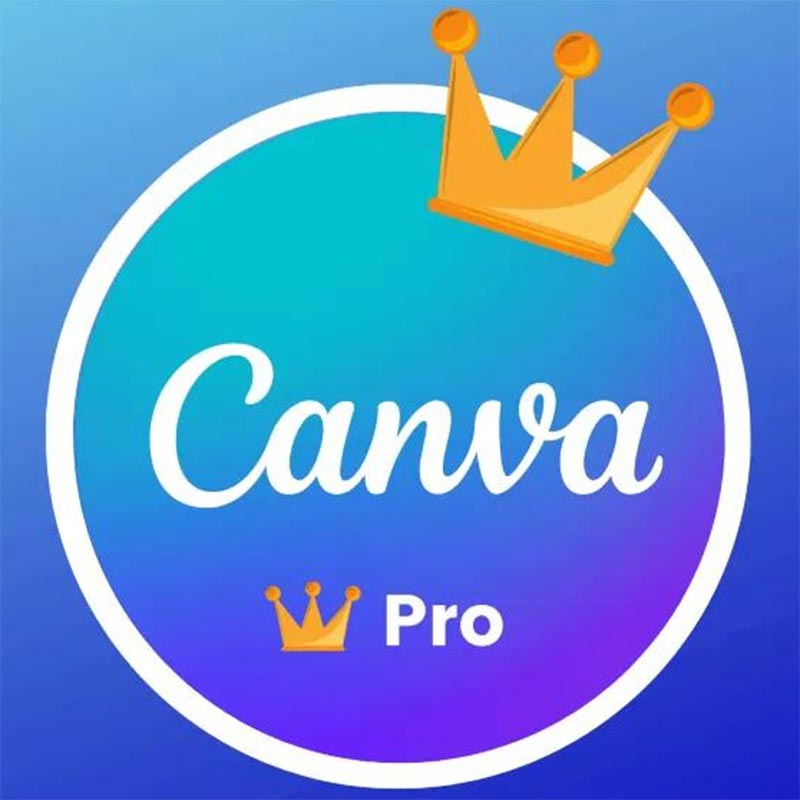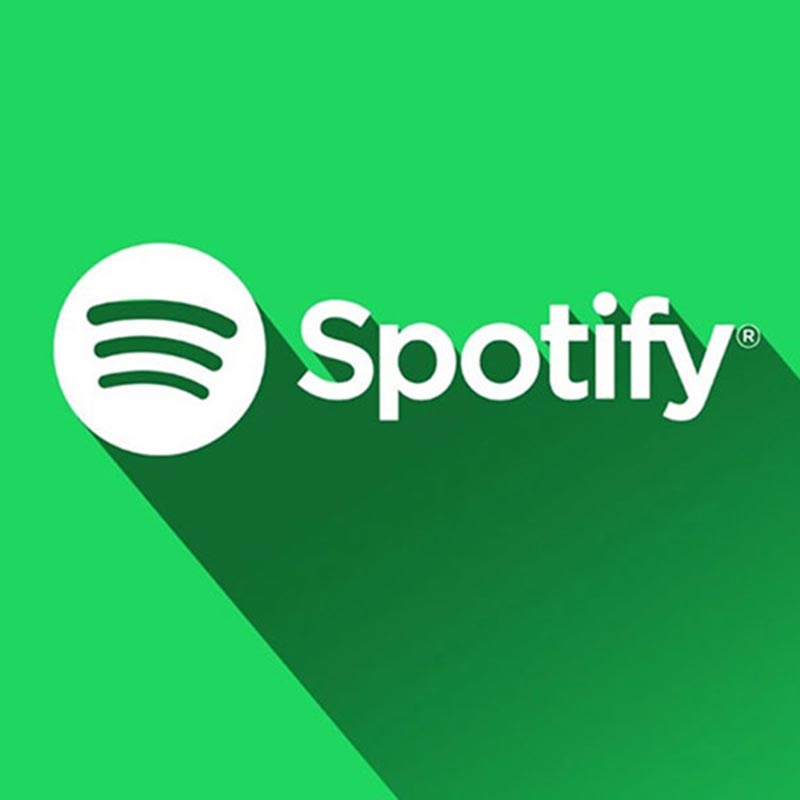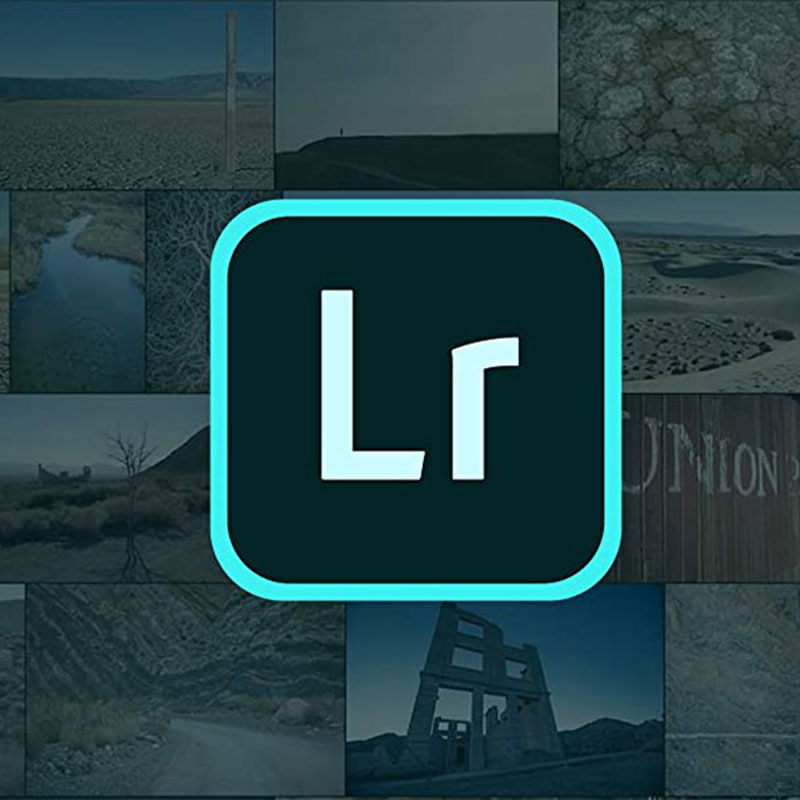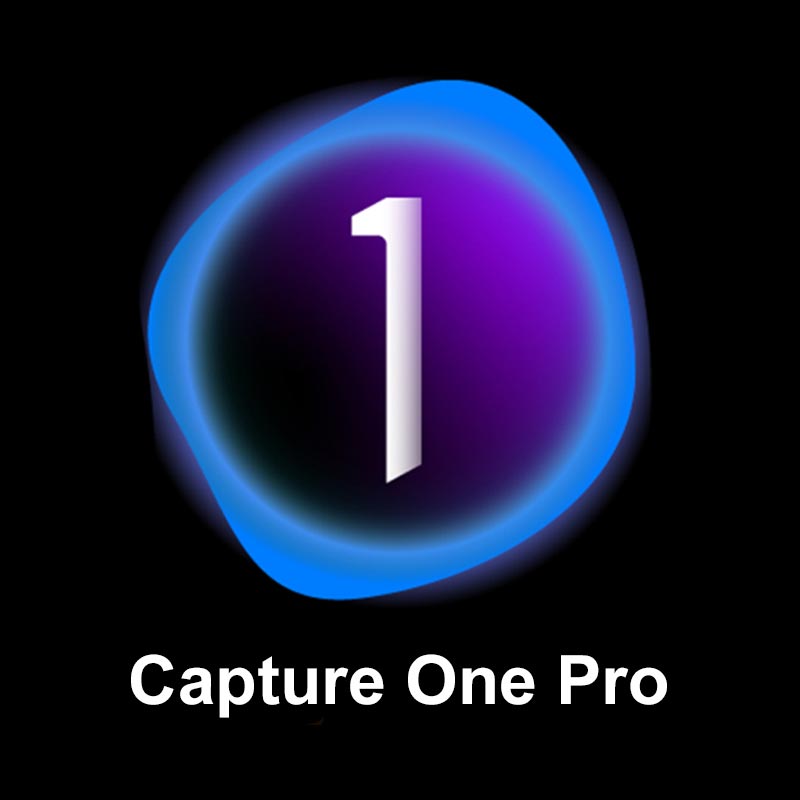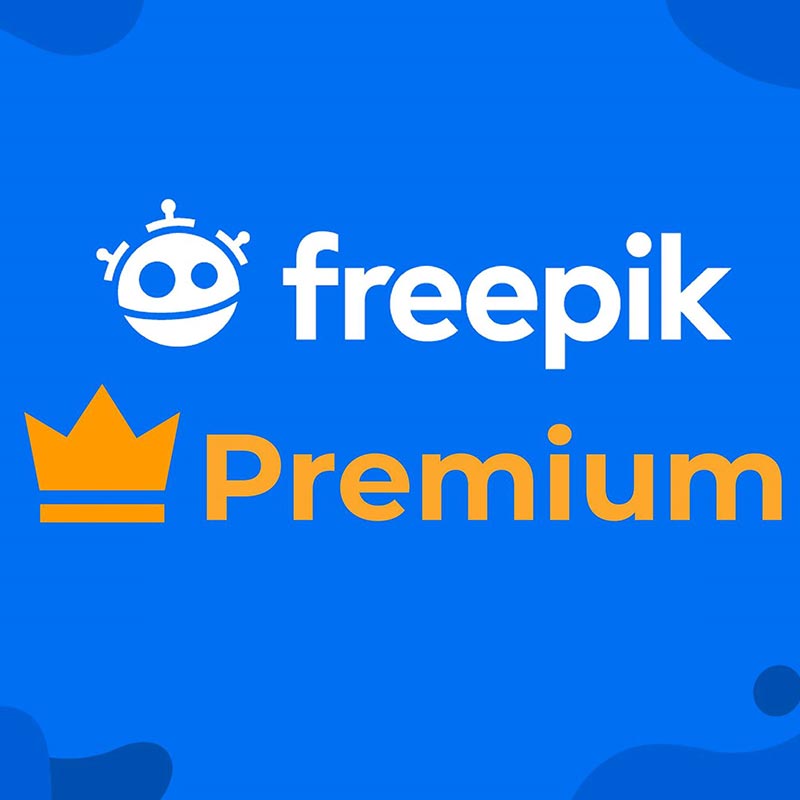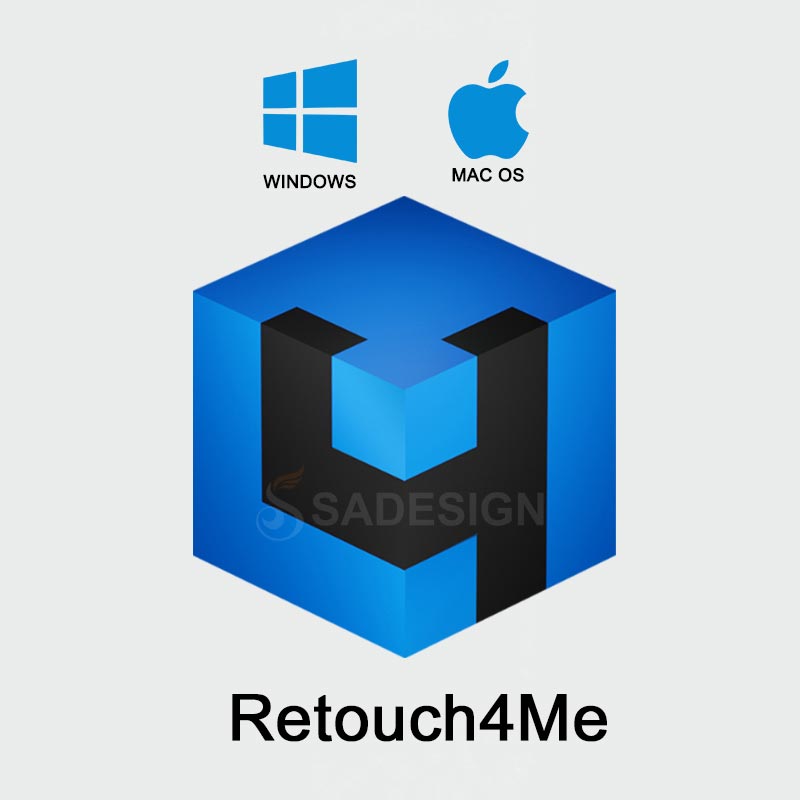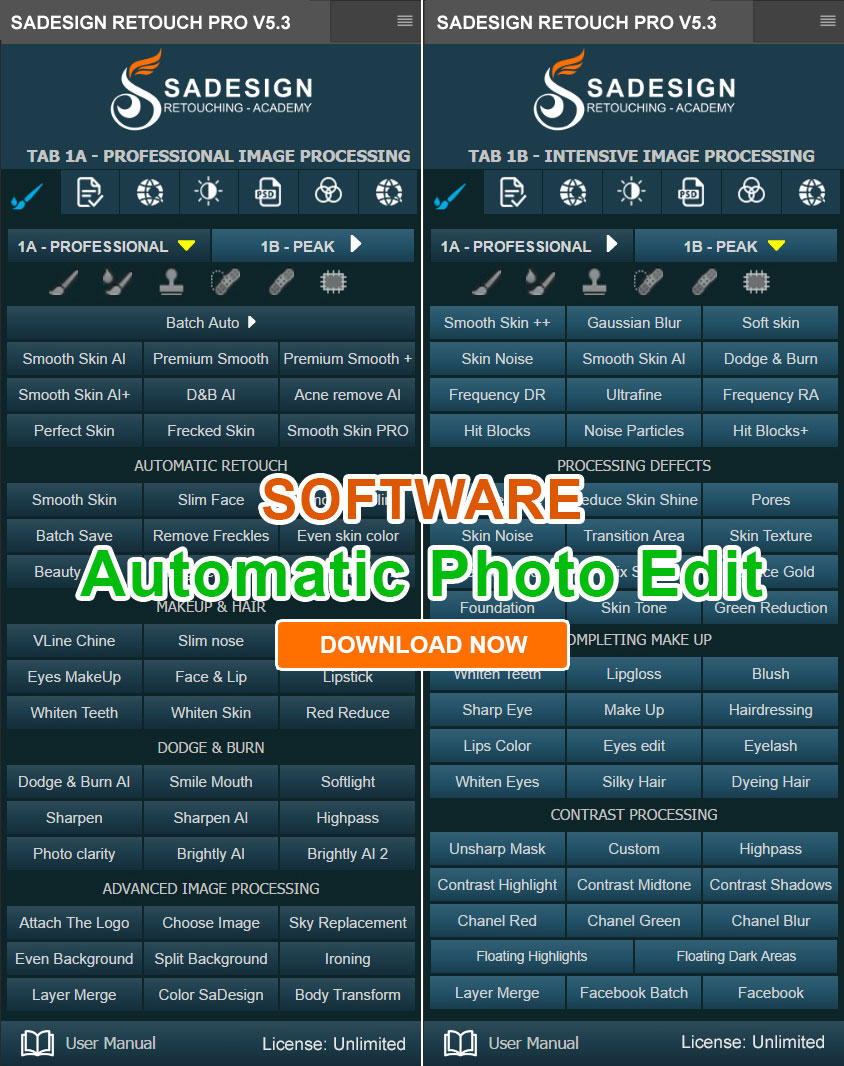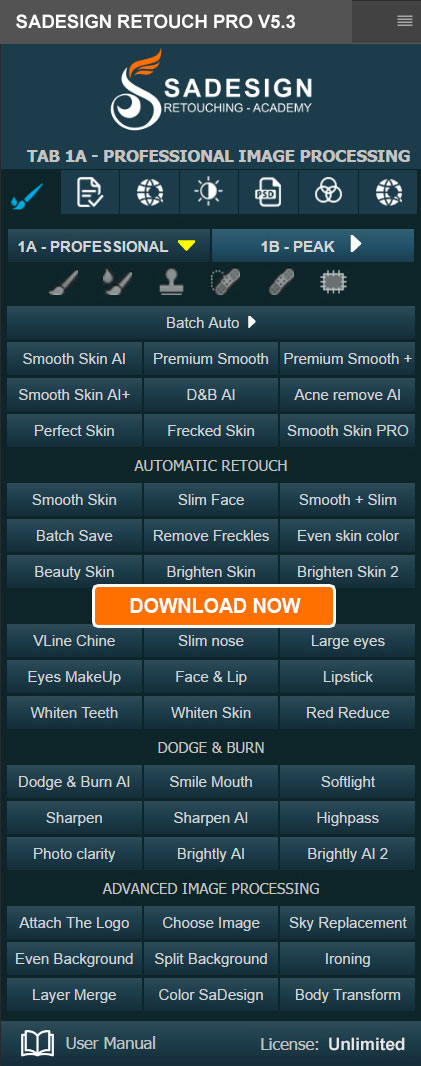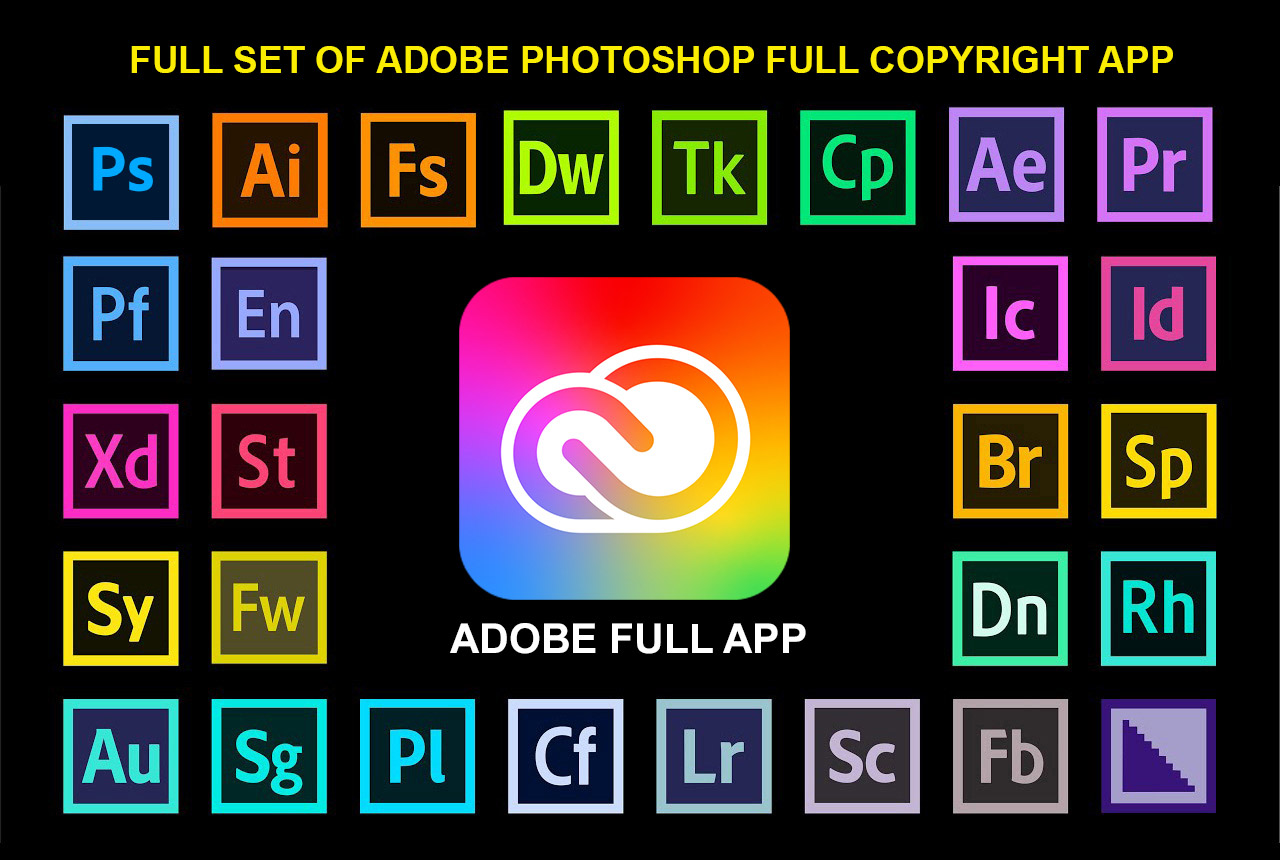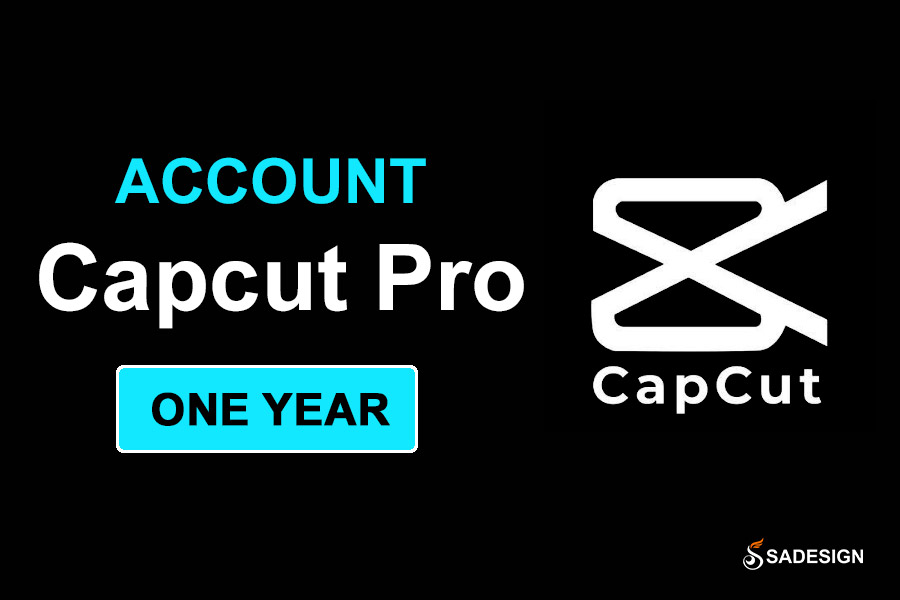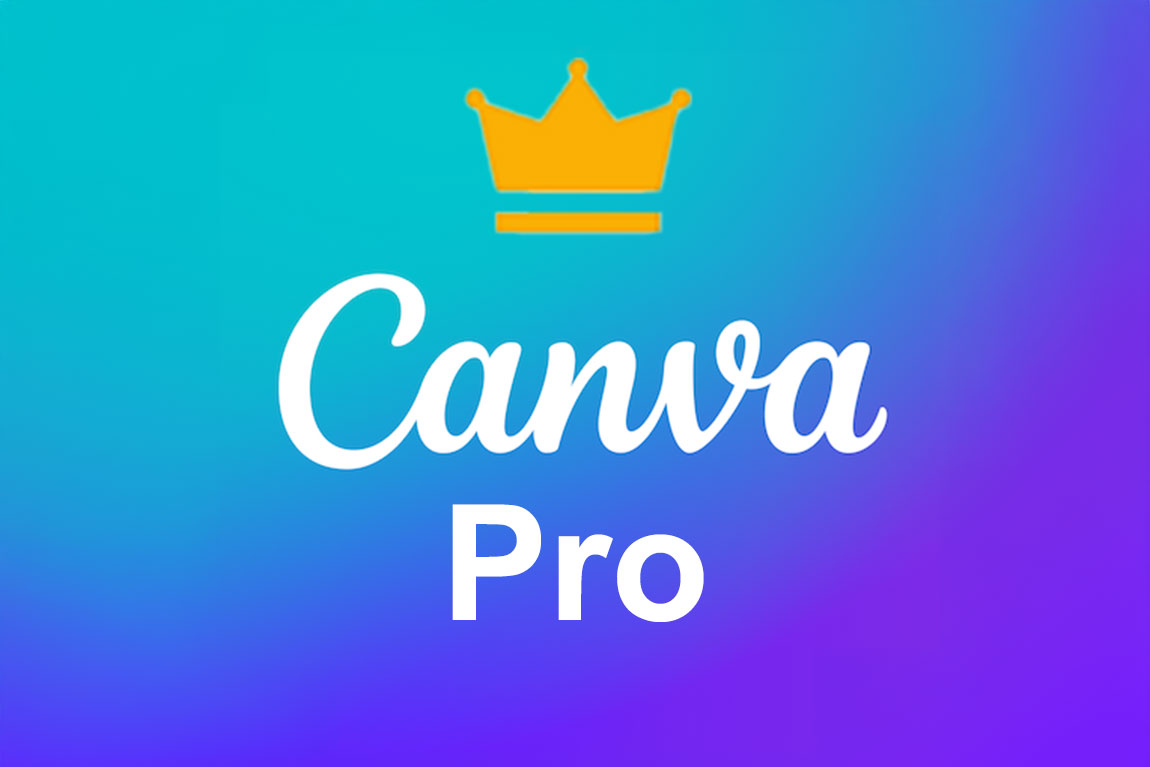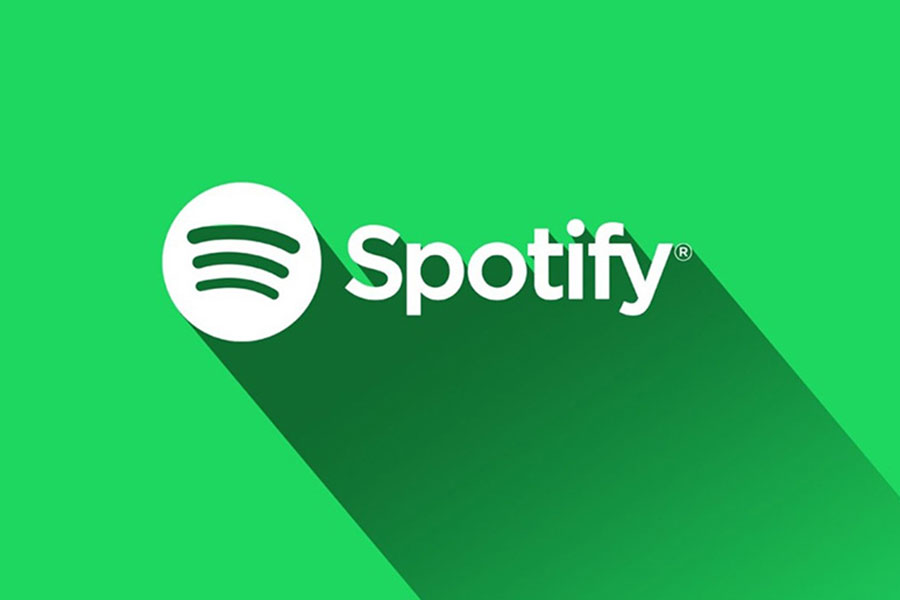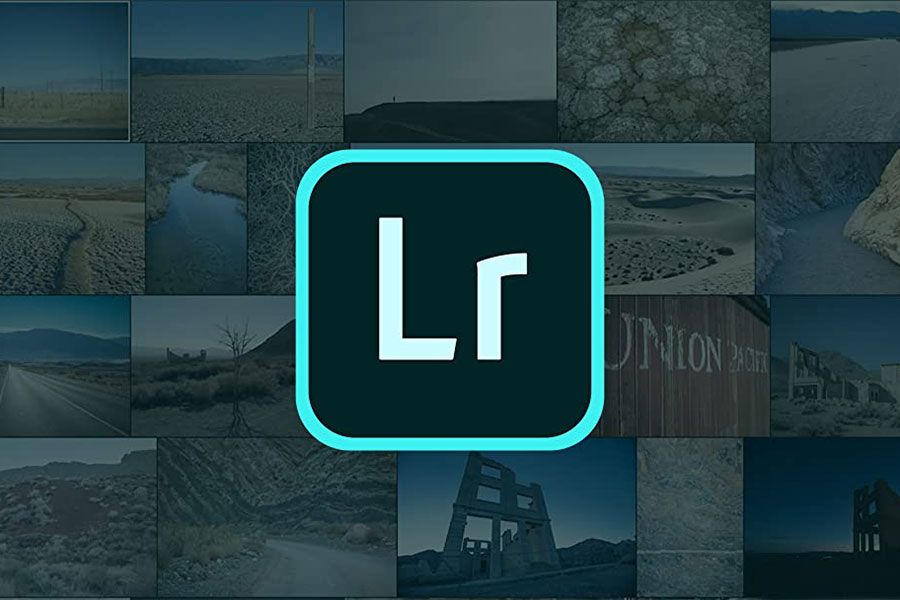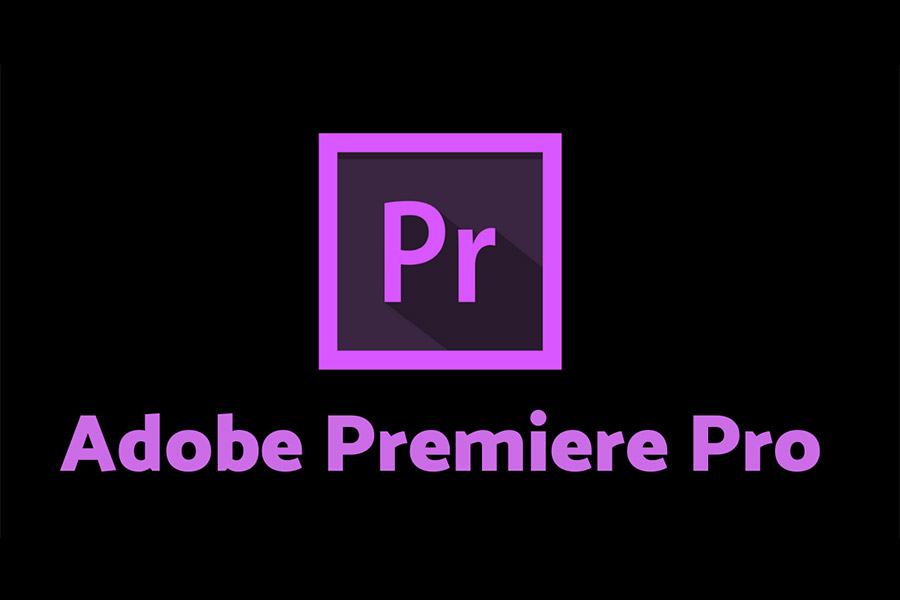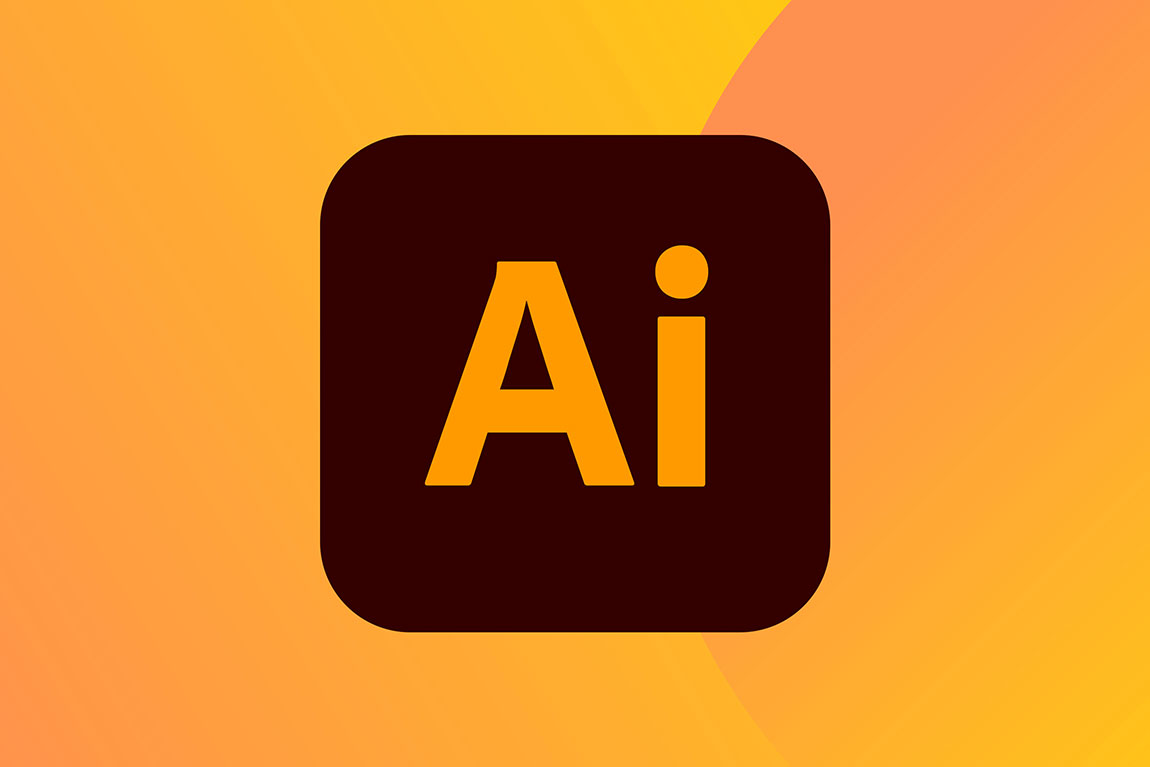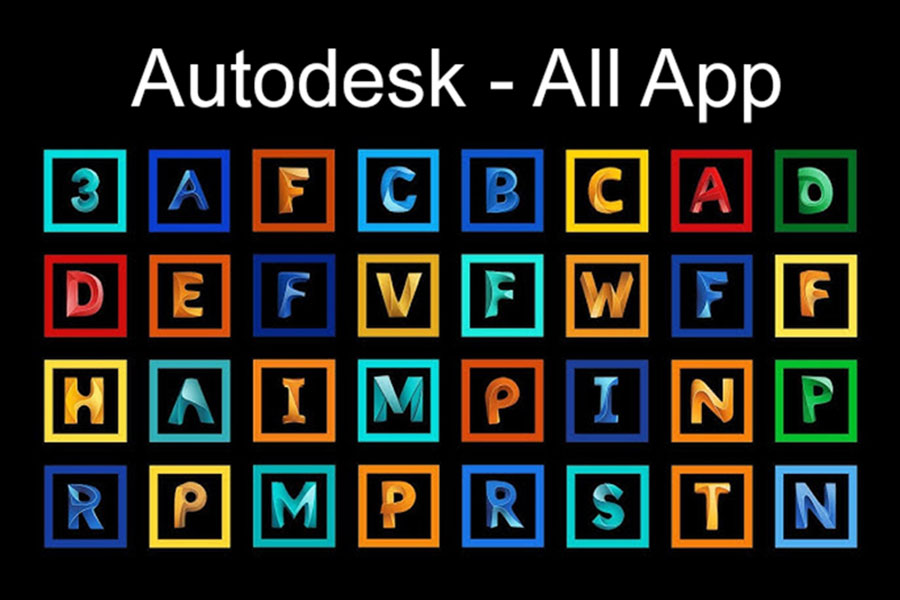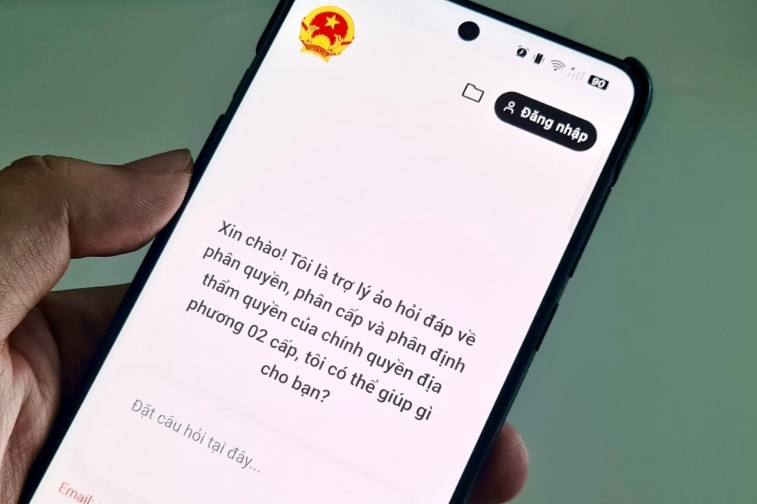Best Selling Products
YouTube Tightens Livestreaming: People Under 16 Officially “Out of Game”
Nội dung
- 1. YouTube tightens livestreaming regulations
- 2. Add additional rules
- 3. Strengthening child protection fences
- 4. YouTube Shorts adds product stickers, paving the way to make money like Instagram Reels
- 4.1. What is a product sticker? How does it work?
- 4.2. How do creators benefit from product stickers?
- 4.3. Global deployment, except Korea
In recent years, YouTube has continuously made changes to tighten its policies towards young users - a group that is very dynamic and creative but also vulnerable in the digital environment.
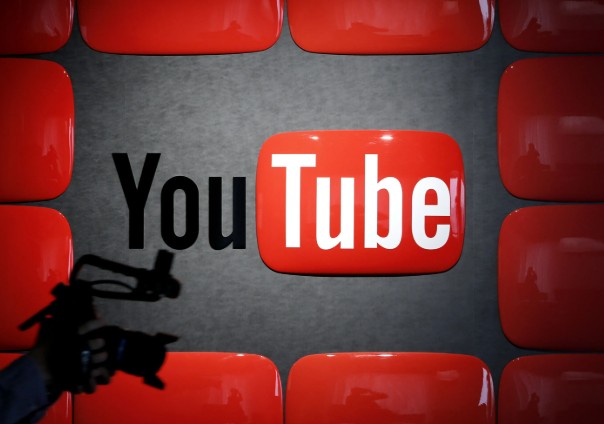
In the digital age, YouTube has become an integral part of the lives of billions of people around the world, from children, teenagers to adults, all of whom find a wealth of entertainment, education and creative opportunities. However, with this explosion comes growing concerns about privacy, child safety and transparency in e-commerce.
Faced with these challenges, YouTube has just announced two important changes: raising the minimum age for livestreaming to 16 and rolling out product stickers to Shorts, emulating the highly successful model of Instagram Reels. On the one hand, the world's largest video platform wants to tighten the barrier to protect young users, on the other hand, it is constantly expanding monetization opportunities for the content creator community.
So what exactly are these changes and how do they affect users and content creators? Let's find out in detail in the article below to understand how YouTube is balancing safety and commercialization, a problem that has never been easy in the era of livestreams and short videos dominating social networks today.
1. YouTube tightens livestreaming regulations
In recent years, YouTube has made a series of changes to tighten its policies towards young users - a group that is very active and creative but also vulnerable in the digital environment. One of the latest adjustments that has attracted a lot of attention is the regulation to increase the minimum age allowed to livestream on this platform.
Specifically, starting July 22, all YouTube users must be 16 years or older to be able to livestream on the world's largest video platform. Previously, the minimum age was only 13, provided that users met the platform's additional requirements such as not violating Community Guidelines, not violating local laws, and having an unrestricted account.
The move is more than just a change on paper. Behind it lies a broader effort by YouTube to protect minors, especially as livestreaming becomes a popular form of communication, entertainment, and monetization, but also poses many risks to privacy, personal safety, and bad behavior from the online community.
.png)
2. Add additional rules
To avoid any misunderstanding that young people are completely banned from livestreaming, YouTube also detailed the accompanying rules. According to the official Help page that YouTube has just updated, users between the ages of 13 and 15 can still appear in livestreams, but must be accompanied by an adult.
In case this condition is not met, the live chat feature may be disabled to avoid inappropriate interactions or the livestream may even be deleted if a violation is detected.
Additionally, teenage users can still live stream on their personal YouTube channels, but must meet some strict conditions:
Channel must have an adult added as moderator.
Live streams must be initiated through YouTube's Live Control Room.
Livestream content must comply with Community Guidelines, especially not violating privacy, not sharing personal information or appearing in negative situations.
These rules show that YouTube is not putting an absolute barrier to teens, but requires parents or guardians to be more involved, ensuring that live streams are safe, transparent and healthy.
3. Strengthening child protection fences
Looking back, this new rule is just one link in a long-term policy chain by YouTube to strengthen child protection on the platform.
.png)
Previously, YouTube has applied many management measures such as:
Set up Supervised Accounts for minors, allowing parents to control what their children see.
Apply restricted content to channels aimed at children under 13, such as turning off comments and turning off personalized ads to limit data collection from young users.
Strong privacy recommendations include not sharing personal information, not recording in private spaces, and regularly using moderation tools to filter comments and messages in live chat.
YouTube understands that children and teens are vulnerable to online risks: from unintentionally sharing private information, becoming victims of bullying and harassment, to the negative psychological effects of being judged and scrutinized through live streams.
The downside: What difficulties will young creators face?
It is undeniable that this new change will directly affect young content creators - individuals who are familiar with sharing their daily lives, creating livestream content to connect with the community, and building personal brands from a very early age.
Many teen creators have developed large fan bases through their authenticity, relatableness, and natural communication. Requiring adult supervision or limiting livestreaming access would rob them of their autonomy and disrupt their ability to maintain a regular broadcast schedule.
Some teenage creators may feel discouraged and even move to other platforms with more open policies. However, in a holistic perspective, YouTube's ultimate goal is to ensure the safety and well-being of its user community while minimizing controversies and legal risks related to child protection.
.png)
In its statement, YouTube stressed that while the new changes may be disappointing for some young creators, the platform is steadfast in putting safety first.
Since the explosion of global content creation and livestreaming, YouTube has faced many scandals involving minors: from harassment in chat, spreading private information to dangerous trends that children can easily imitate.
Therefore, tightening livestream regulations not only helps protect creators but also protects the community, preventing situations of abuse or indirect exploitation of children.
4. YouTube Shorts adds product stickers, paving the way to make money like Instagram Reels
Along with the adjustments to livestream rights, YouTube is also strongly upgrading the Shorts feature - a tool that directly competes with Instagram Reels and TikTok.
If you’re a regular Shorts scroller, you’ve probably seen the shopping button that appears below videos. However, according to a recent announcement from YouTube, this shopping button will soon be replaced with product stickers, similar to what Instagram Reels is doing.
4.1. What is a product sticker? How does it work?
Product stickers are essentially small graphic images, often featuring a logo, brand image, or product name, that creators attach directly to videos.
If you've ever watched Instagram Reels, you'll see how effective product stickers can be: viewers simply tap on the sticker and are instantly redirected to a product page to browse or shop.
.png)
YouTube is copying this same model to Shorts with the hope of:
Make videos more interactive, since stickers are more eye-catching than a static shopping button.
Increase click-through rate (CTR). According to Google, internal testing in May 2025 showed that product stickers increased clicks by up to 40% compared to regular shopping buttons.
Opening up monetization opportunities for small businesses, content creators, KOLs, and brands looking to capitalize on the short-form video trend to reach customers.
4.2. How do creators benefit from product stickers?
With product stickers, creators now have more flexible tools to monetize Shorts videos:
You can tag multiple products for a video.
Stickers will display the first product in the list of tags, so creators can completely prioritize to match their promotional goals.
You can resize, rotate, and position stickers anywhere on your video as long as they fit the layout and don't obscure important content.
All adding and editing of stickers can only be done on the YouTube mobile app, ensuring synchronization and easy control.
.png)
For viewers, the product sticker experience will be quite familiar if you have ever shopped on Instagram or TikTok Shop. When you click on the sticker, you are taken directly to the seller's website, where you can view details and buy immediately without having to manually search.
If the video has multiple products, the sticker will have a downward arrow. When clicked, viewers will see a full list, easy to choose.
However, there are also concerns that product stickers will be confusing and dilute the original creative content. YouTube seems to have anticipated this by allowing creators to adjust the position and size of the stickers to ensure that they do not affect the aesthetics.
4.3. Global deployment, except Korea
According to the announcement, the product sticker feature will be deployed globally, except for Korea - a short video market with huge consumption.
The reason given is mainly related to e-commerce policies in Korea, requiring international platforms to comply with strict regulations on advertising, price display and consumer protection.
However, Google also said it is planning to expand product stickers to South Korea in the near future, after completing legal procedures and ensuring compliance.
.png)
Product stickers are the next step in Meta's strategy to turn Shorts into a powerful marketing tool, competing directly with TikTok Shop and Reels Shopping.
From a creator perspective, this is an opportunity to expand income streams, especially for creators who create content about fashion, beauty, lifestyle, and fields that are highly compatible with video shopping.
On YouTube's side, they also benefit from:
Collect commission from transactions.
Increase user time on platform.
Expand your advertiser and brand partner files.
Looking at the two major changes announced by YouTube at the same time: tightening the livestream age limit and promoting product stickers on Shorts, it can be seen that this platform continues to walk a tightrope between two important priorities: protecting vulnerable users and optimizing opportunities to commercialize content.
On the one hand, they aggressively limit the potential risks of minors participating in live streaming, requiring adult supervision to minimize risks related to privacy and personal safety.
On the other hand, they are constantly expanding monetization features for adult creators, turning Shorts into a fertile ground for short-form video e-commerce.
Clearly, with nearly 2.5 billion global users, YouTube cannot stop at being a traditional video sharing platform. Their new problem is how to balance business interests with social responsibility, especially with the younger user group. And these adjustments show that they are very serious about that goal
